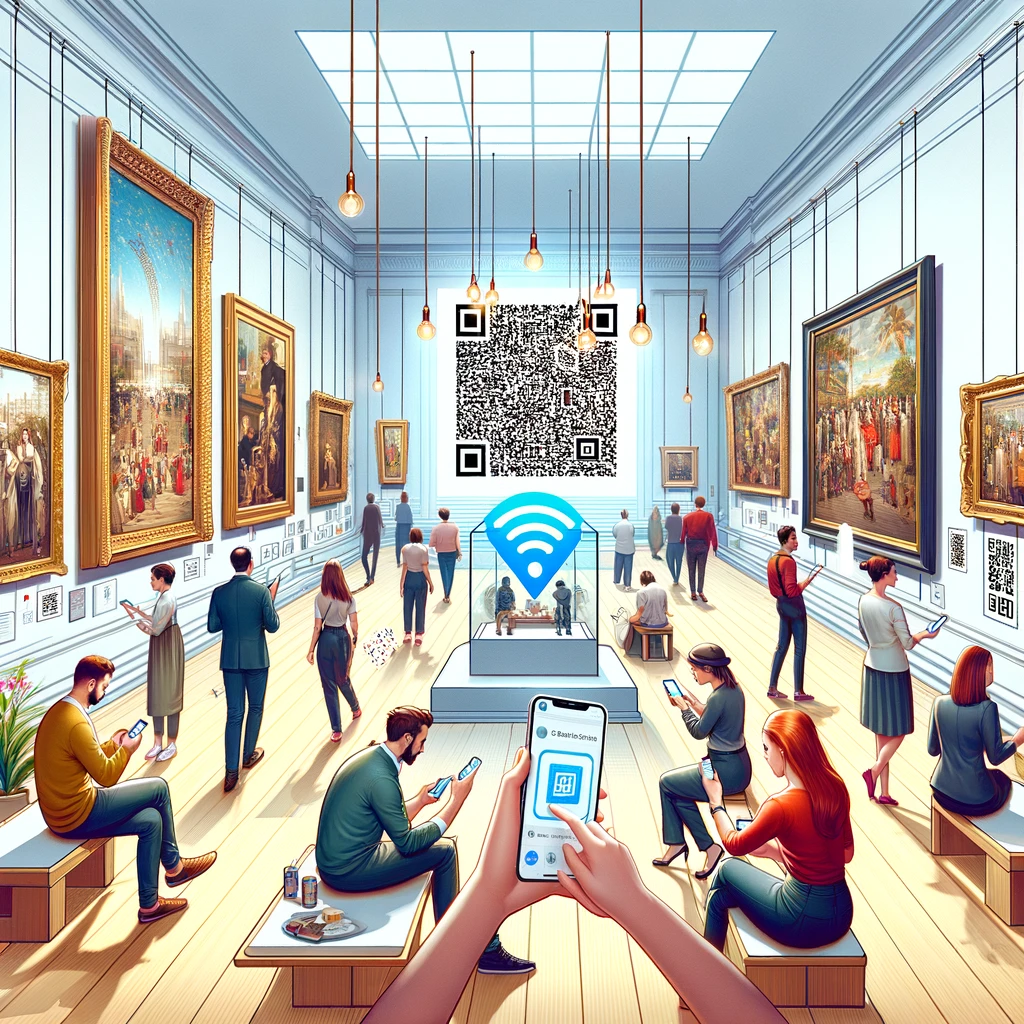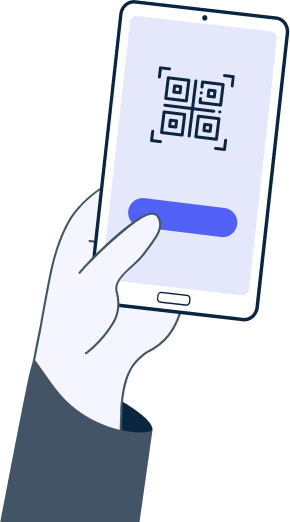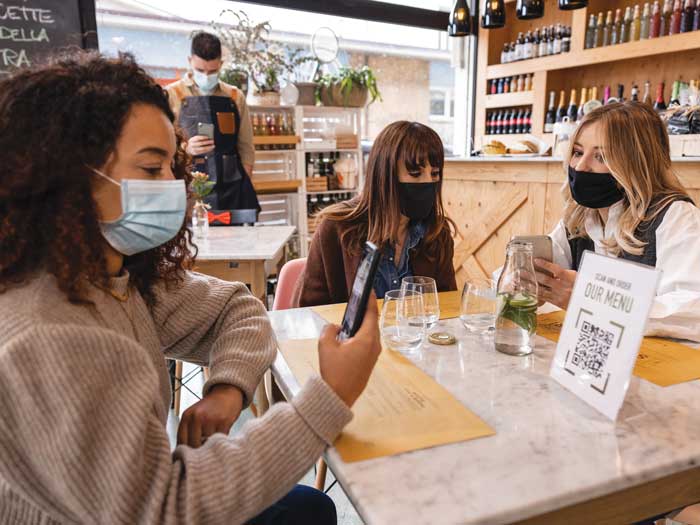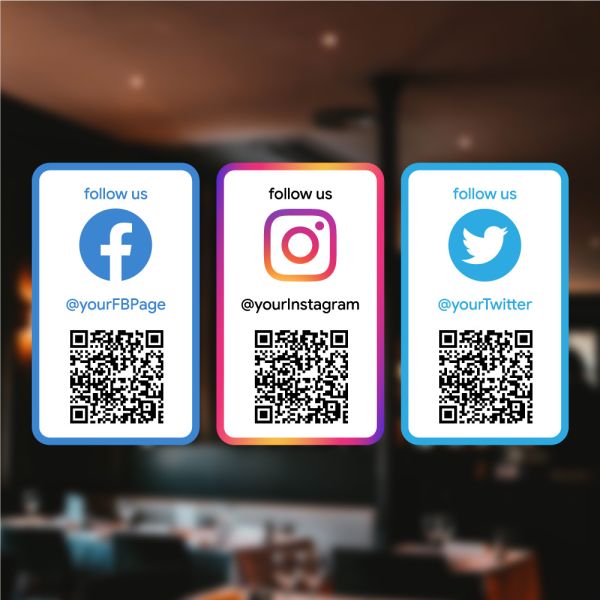
Interactive Learning and Accessibility
A. Enhanced Exhibit Information
QR codes allow museums to offer a wealth of information beyond traditional placards. Visitors can scan a QR code to access detailed exhibit descriptions, artist biographies, and historical contexts, enriching their understanding and engagement with the exhibits.
B. Multilingual Support
QR codes can provide exhibit information in multiple languages, making museum experiences more inclusive and accessible to a diverse audience.
Personalized Museum Tours
A. Customized Tour Paths
By scanning QR codes, visitors can create personalized tour paths based on their interests, whether it's a specific art style, historical period, or artist.
B. Interactive Maps and Navigation
QR codes can link to interactive maps, helping visitors navigate through the museum efficiently, ensuring they don’t miss any key exhibits.
Enhanced Engagement and Participation
A. Augmented Reality Experiences
QR codes can bring exhibits to life with augmented reality (AR), allowing visitors to see artworks and artifacts in a new dimension, enhancing the overall experience.
B. Interactive Workshops and Lectures
Museums can use QR codes to link to schedules and sign-ups for workshops, lectures, and other educational programs, increasing visitor participation and engagement.
Post-Visit Engagement and Feedback
A. Digital Souvenirs and E-Shop Access
QR codes can link visitors to online museum shops where they can purchase souvenirs or prints, extending the museum experience beyond the physical visit.
B. Feedback and Survey Links
Museums can use QR codes to gather visitor feedback, helping them to continually improve the visitor experience.
Conclusion
QR codes are redefining the way we experience museums, making them more engaging, accessible, and personalized. Embracing this technology can significantly enhance the educational and cultural impact of museum visits. Explore the forefront of QR code technology for museums at QR Lab.
Call to Action
Discover how QR Lab can transform your museum experience with innovative QR code solutions. Visit QR Lab to learn more and start your journey into an interactive world of art and history.
Most viewed




